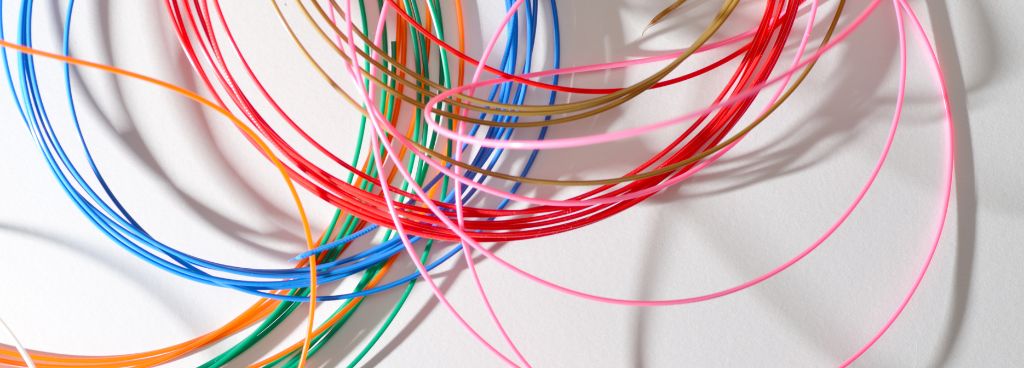Stories Worth Reeling In...
Last Updated on September 22, 2023
Have you ever wondered if the color of your fishing line makes a difference in your fishing success? It’s a question that many anglers ponder when selecting their gear. The color of the fishing line has been a topic of debate among fishing enthusiasts for years, with different opinions and theories circulating.
In this blog post, we will delve into the world of fishing line color and explore whether it truly affects your fishing outcomes.
Table of Contents
When it comes to fishing lines, there is a wide array of colors to choose from, each with its own purpose and intended use. From high-visibility colors like fluorescent yellow and chartreuse to more subtle options like clear, green, and blue, anglers have plenty of choices.
Factors such as water clarity, light penetration, and the depth at which you’re fishing all play a role in how fish perceive different colors.
The theory of color visibility in different water conditions and depths is an important aspect to consider when choosing your fishing line. Certain colors may be more visible and attractive to fish in clear water, while others may blend in better in murky or stained water.

When it comes to fishing line color, there is an ongoing debate about its potential impact on fish behavior and their response to bait or lures. Many anglers believe that the color of the fishing line can make a significant difference in their fishing success.
Scientific studies and experiments have been conducted to investigate the relationship between lure color, fish detection, and fishing lines.
These studies aim to uncover whether fish have the ability to detect fishing lines and if certain colors can influence their behavior. While some studies suggest that fish may be able to perceive fishing line colors to some extent, the results are not always conclusive.
One study, for example, examined the response of trout to different colored fishing lines. It found that fish responded differently to various colors, with some colors seeming to elicit more cautious behavior. However, it’s important to note that the impact of line color varied depending on factors such as water clarity, light conditions, and the specific behavior of the target species.
Another experiment focused on predatory fish and their response to different line colors. It discovered that certain colors seemed to be less visible in certain water conditions, potentially making the fishing line less detectable to the fish. However, the significance of these findings may vary depending on the species being targeted and the specific fishing scenario.
While scientific studies provide valuable insights, it’s important to consider that fish behavior can be complex and influenced by various factors beyond just line color. Variables such as water clarity, light intensity, lure movement, and scent also play crucial roles in attracting or repelling fish.
When it comes to selecting the most suitable fishing line color, there are several practical considerations to keep in mind. These considerations include water clarity, light conditions, and the target species you’re aiming to catch.

Green is an excellent hue for merging into water. The majority of the water we fishermen fish in has a green hue to it. Green line, like camouflage, blends into its surroundings and is a wonderful choice for fishermen who want to keep their line invisible to fish. In really clear water, however, green may be more noticeable than clear. Overall, green is a fantastic line color to use in a variety of circumstances.
Lightweight rods and lines are ideal for capturing fish in shallow regions near the beach or in any body of water. Larger fish, like bass, are also known to bite on lighter lures.
Fishing line color has long been a topic of discussion among anglers, often surrounded by various myths and misconceptions. Let’s address some of the common myths and debunk them to gain a clearer understanding of the role of line color in fishing success.
As anglers, we should consider fishing line color as a potential factor but also recognize the importance of honing our fishing skills and adapting to the unique water conditions of each fishing outing.
Keep exploring, learning, and adapting to the ever-changing dynamics of fishing, and may your fishing adventures be filled with excitement and rewarding catches.
Tight lines!